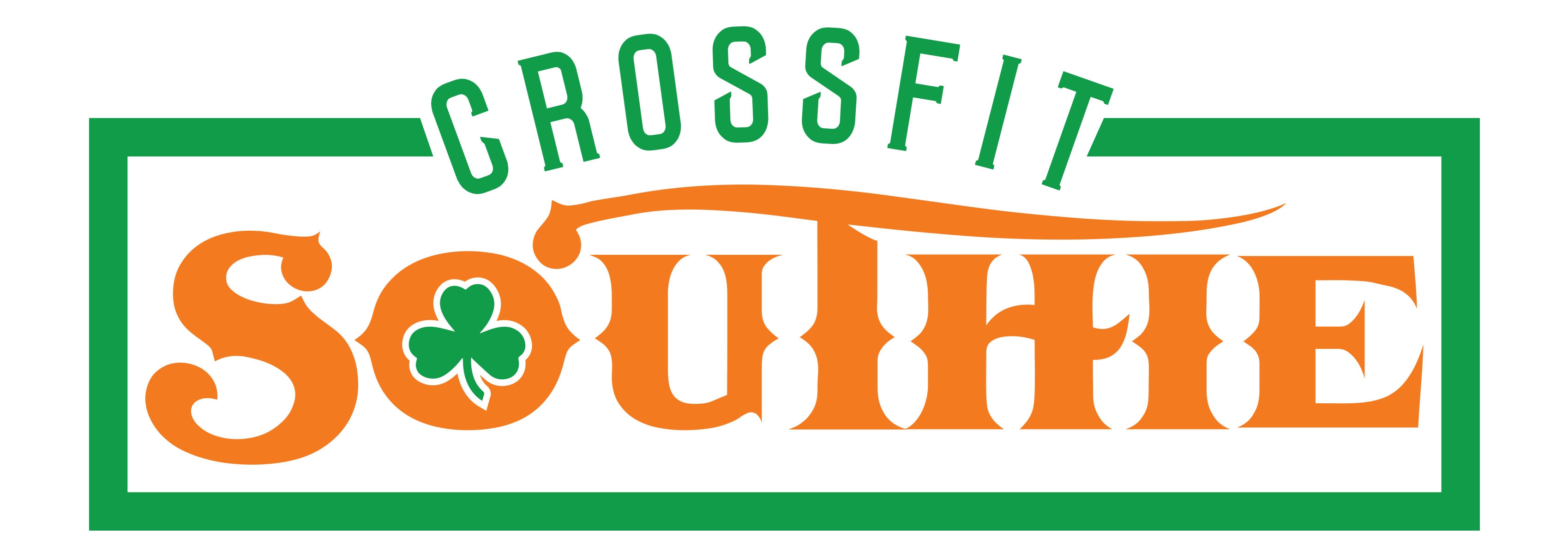
Form vs. Intensity
We understand that sometimes your daily workout at CrossFit can be a bit mentally overwhelming. We are always reminding you about form, technical steps, movement standards, and other things you have to think about on top of just trying to push yourself through a workout. As coaches our primary goal is to get you all moving SAFELY and EFFICIENTLY which is why we push good form and technique more than anything. It is 100% true that developing quality movement patterns will lead to increase ability to move weight in all the lifts we do and make movements that aren’t weightlifting related more efficient.
There is a bit of a gray area between form and intensity. What do I mean by intensity? Generally defined I am talking about how hard you are working leading to how fit you are getting. Bottom line is doing more work in less time makes for greater
intensity which will lead to you getting more fit. In a WOD intensity comes from moving as much as possible as quickly as possible. So intensity in a WOD comes from how fast you are moving and how much weight you are moving. This is where there is a challenge in where to find that intensity in a workout. Choosing a super (relative to you) light weight might mean you are moving like lightning but the amount of work you are doing isn’t as great as if you chose a heavier weight that you could still move fast. There is no exact science to choosing the “right” weight other than asking your coaches and making informed decisions based on your ability. On the platforms doing strength work intensity comes from how much weight you are moving. The more weight you move the more work you are doing in that amount of time it takes to do the lift. We can get into specifics about barbell speed and all that stuff but for now lets just keep it at more weight=more intensity.
So where does form come into play? We all know that there is a point where our form breaks down when intensity goes up. On the platforms heavier weights can make our form really go downhill in a short period of time. In a WOD moving quickly, especially in a longer wod and with a heavier (relative to you) weight can make for some questionable form as well.
Is this ok? When is intensity more important than form?
There is no 100% clear answer to this question. Newer and less experienced athletes should always use caution when doing work with weight until they get comfortable with the movements. Once you have done the movements one or two times around you should start building intensity through adding weight. With this said all of the lifts but especially the olympic lifts (snatch, clean, jerk) take a great deal of technical perfection to be able to increase weight. So paying attention to form in these lifts not only is safer but will make it possible for greater intensity down the line.
As you get more experience and know your ability better you should start pushing the envelope to get gre
ater intensity. My favorite answer to the form vs. intensity question is that it is kind of like a racecar driver, always in control but carefully toeing the line to get ahead. Sometimes you need to really push it to get to that next level of fitness. As long as you are careful to not completely abandon form it is sometimes good to really let it loose. This is true on the platforms and in workouts. Once you are an experienced lifter here at CFS and you feel comfortable with the lifts you should always be pushing to failure on the platforms. As you get an idea of where your limits are you should try to break through these limits every time you lift. This is the same in WODs. While everything we do is time and score based, sometimes moving more weight is more important that 1000 rounds or the best time of the day by a full minute. If you are not RXing a workout and you and your coach are comfortable with the weight you chose you probably shouldn’t be finishing the workout with ease. Push the weight, push the intensity, get more fit.
Remember, there is no exact science when answering this question. A lot of it falls on your own ability to judge yourself and your coaches ability to help you make the right decision. Always pay attention to the form and standard cues we give you. Once you get more experienced do not be afraid to go for those PRs and attempt more challenging weights in workouts. The end all be all to what we are doing here is trying to get fitter and healthier. Sometimes taking the training wheels off is the best way to get there.
Warm-up
Run 1 Loop (535m)
Accessory
10-8-6-4-2 (Each Side)
Weighted Step-up
Bent over Row
WOD
800m Run
Then:
10-9-8-7-6-5-4-3-2-1
Burpee Box Jumps (24/20)
Thrusters (115,75)
Then:
800m Run
Level 2 (95, 55), 600m
Level 1 (75,35), 600m , 10-8-6-4-2
ADV (135,95)
Coaches Tip: Choose a weight where you can get all sets unbroken.



